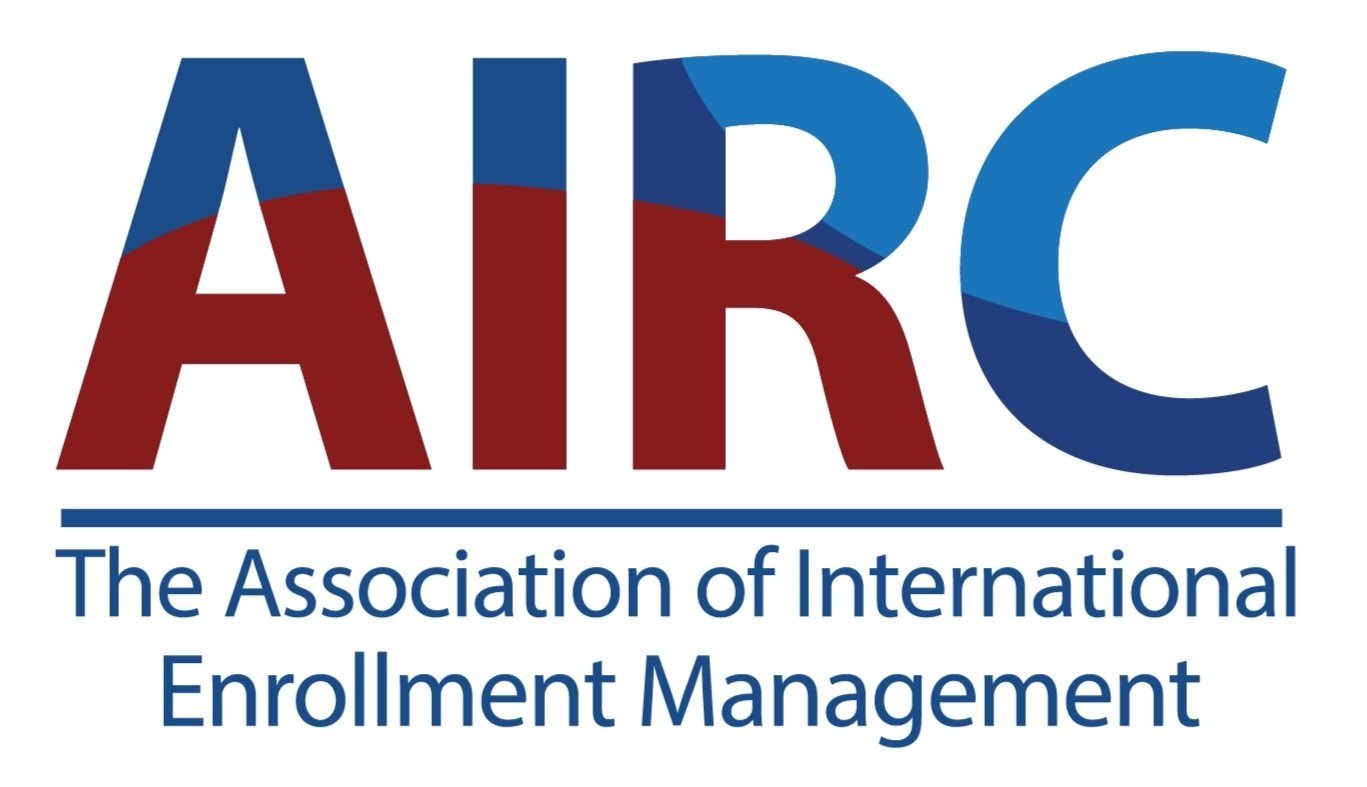A new white paper by IDP and inSpring explores an underutilized, high-impact solution to the U.S. labor shortage: international student talent.
Facing demographic headwinds and an increasing demand for skilled labor, industries across the U.S. are struggling to fill critical roles. The 1.1 million international students who are already in the country, trained with in-demand skills and eager to work, represent a powerful solution to the nation’s skilled labor shortage. Despite clear benefits, these talented individuals remain an underutilized resource.
The white paper takes a deep dive into the U.S. labor market, identifies the industries most affected by worker shortages, and lays out practical solutions for businesses, higher education institutions, and international students to address these challenges.
Key findings: why the U.S. needs international talent
A Growing Labor Gap - By 2032, the U.S. is expected to have a shortfall of 6 million workers. Every state is currently affected by the labor shortage, though certain regions and industries will be harder-hit.
Demographic Headwinds - Historically low birth rates, an aging workforce, and early baby boomer retirements mean fewer young Americans are entering the labor market.
Demand for Skilled Labor - Technological advancements have increased demand for educated workers, but U.S. colleges and universities aren’t producing enough graduates to keep up. By 2031, 72% of jobs will require post-secondary education.
International Students Are Ready to Contribute - The U.S. is home to 1.1 million international students, many of whom are trained in high-demand STEM skills and strongly motivated by post-graduate employment opportunities.
A win-win solution: hiring international talent
Hiring international graduates presents one of the most advantageous solutions to the U.S.’s workforce challenges, for all parties involved.
IDP's Emerging Futures research shows that there is tremendous desire from international students to be educated and employed in the U.S., and our higher education system has the capacity—and need—to host them. Domestic student enrollments are on the decline, signaling potential trouble for U.S. colleges and universities.
International students bring substantial benefits to the communities they live, work, and study in, contributing $43.8 billion to the U.S. economy and supporting hundreds of thousands of jobs. The fields of study that international students are pursuing align closely with U.S. workforce needs, with more than half choosing a STEM degree.
The Optional Practical Training (OPT) program provides a straightforward path for businesses to hire international graduates without sponsorship, visa caps, or extra costs. OPT is extendable through continuing education, meaning that an international student earning a STEM bachelor’s degree and continuing on to a STEM master’s degree would have a total work authorization of six years. Despite these benefits, the program remains underutilized.
Case studies
The white paper showcases examples of partnerships between higher education institutions and businesses that are successfully leveraging international talent and explores the perspective of an international student who has gone through the process themself.
Case Western Reserve University (CWRU), a private R1 research university in Cleveland, Ohio, exemplifies best practices in international student career support, though proactive employer education strategies, tailored programming, and student advocacy.
South Carolina-based pharmaceutical company Ritedose Corporation has developed an innovative solution to hiring challenges: the Ritedose International Student Engagement (RISE) Program. Through a strategic partnership with Benedict College and inSpring, Ritedose connects skilled international graduates with employment opportunities, while simultaneously addressing personnel gaps.
Harshith Kadaiah Gowda, an international graduate of the University of Alabama at Birmingham, has successfully made the transition from education to employment. After completing a job readiness program conducted by inSpring, he landed a position as a SCADA Analyst at the Diversified Energy Company.
These case studies demonstrate the positive impact that can be made when industry and higher education collaborate and shed light on the common challenges that international students encounter while seeking employment in the U.S.
Priority actions for a sustainable, future-ready workforce
What would happen if industry and higher education worked together to implement the hiring of international talent on a larger scale? It would make a significant impact on the U.S. labor shortage, boost the economy and innovation, and change the lives of millions of international students.
The white paper outlines priority actions for how higher education institutions, employers, and international students can collaborate together to build a sustainable, future-ready workforce.
Short on time? Read the Executive Summary.

